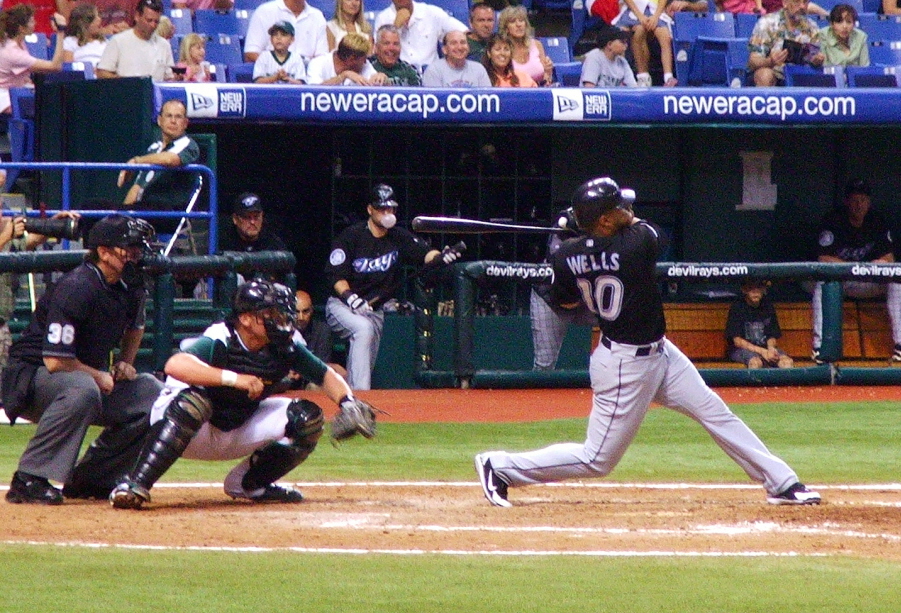The last game of the season just happened, and that feels like a big enough deal to write about, but is it really? Neither the Mariners nor the Angels had much to play for, although the M's seemed to care a bit more with their convincing 12-0 victory. They beat
Jered Weaver in the process, dropping him to 20-5 on the season. Fun fact: 3 of Weaver's 5 losses in 2012 were to the Mariners. Go figure.
Anyway, the more meaningful news is that the Safeco Field's dimensions will be different in 2013.
The fences are coming in, particularly in left-center field. The changes should make hitting easier, but what kind of an effect will it have?
Let's start with quantifying how cavernous Safeco Field played in 2012. The Mariners had a .275
wOBA at home, easily the worst mark in all of Major League Baseball. 7.7% of their fly balls at home went for home runs, easily below the MLB average, but still better than the Padres, Marlins, and Giants.
Of course, not all team lineups are created equal. The Mariners have had some rough seasons in Safeco, but been just about as atrocious on the road. That suggests something more about their lineup than their ballpark. 2012 was a different story though. The Mariners had a .305 wOBA on the road and 11.9% of their fly balls went for home runs. The differences are noteworthy, but wOBA is particularly shocking given that MLB teams as a whole posted a .323 wOBA at home this year, but just a .308 wOBA on the road.*
*
Percentage of fly balls that were home runs had a negligible difference, 11.9% at home and 11.5% on the road.
So what exactly will the new walls do? Below is a diagram of Safeco Field with
balls in play data from 2012 (both Mariners and opponents). I've only included doubles, triples, and fly balls. The yellow lines are the new walls sketched to the best of my ability. Ball in play data doesn't have the incredible precision that the scatter of dots might suggest either. In other words, the picture gives a feel for what might have happened this season with the new dimensions, but no definitive answers. See what you think:
 |
| image from http://katron.org/projects/baseball/hit-location/ |




